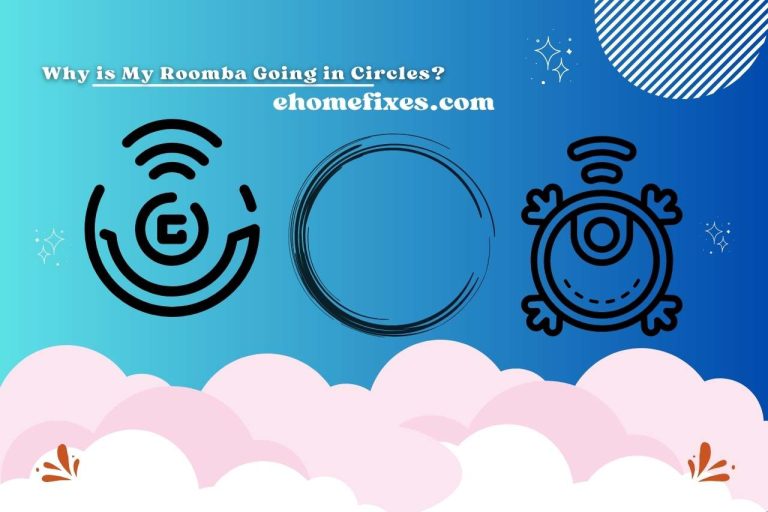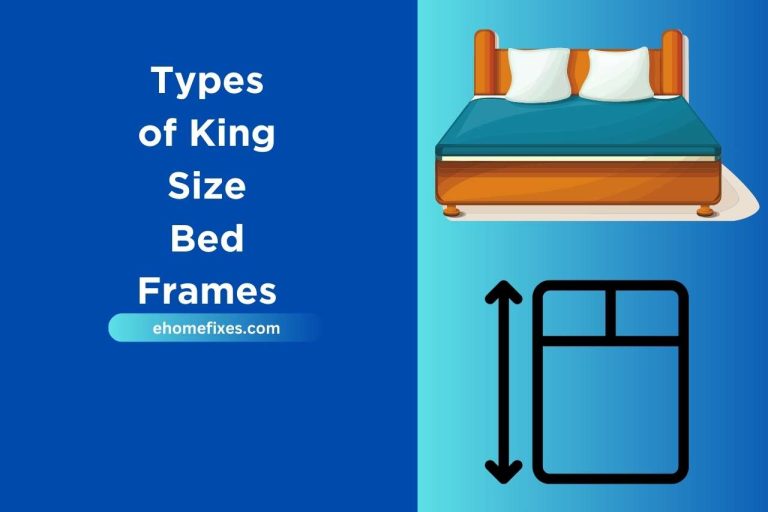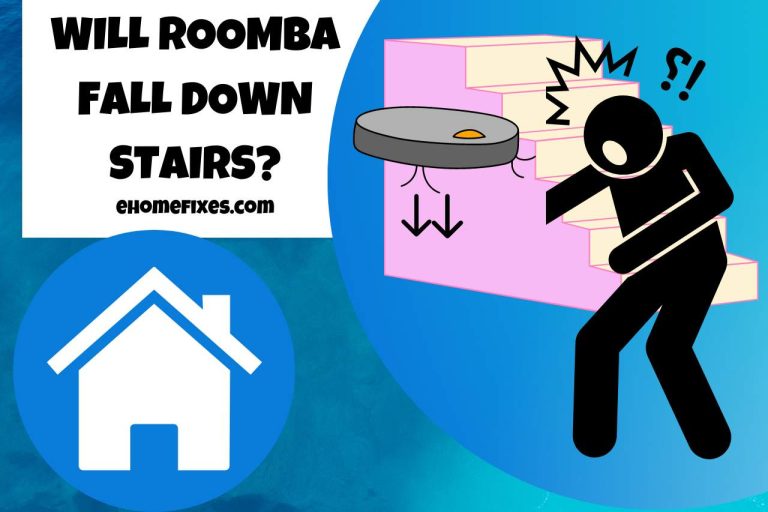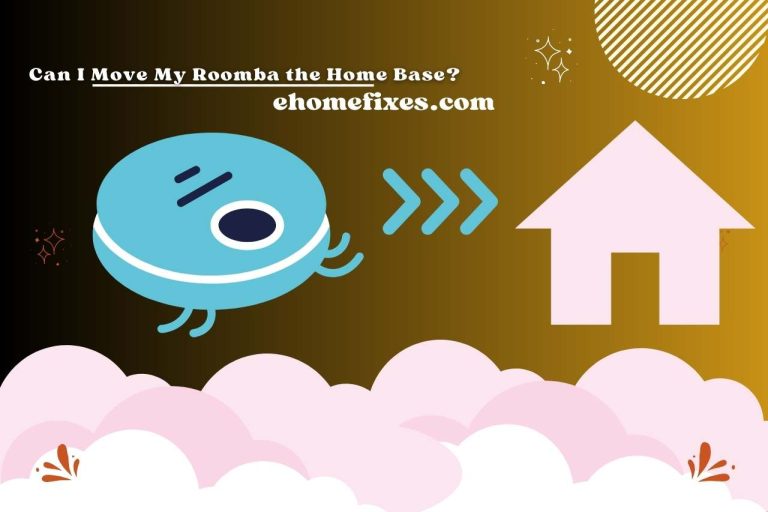Can Roombas Go Over Bumps? Cleaning without Interruptions!
Throughout history, using robots for household jabs has been a dream. The dream of a robotic vacuum cleaner goes as deeper as 1956 when American science fiction writer Robert A. Heinlein describes a robotic vacuum cleaner with a recharging dock. Now several Manufactures are doing a much better job than Robert A. Heinlein dreamed of in 1956; what is so special about the Roombas Vacuum Cleaner developed by iRobots? Though it was not the first in the market, Roombas has made its name by being one of the top sellers and adding new inventions to the product line. This article will examine the new inventions iRobas has added to the product to go over bumps.
Can Roombas Go Over Bumps?
A bump is a higher place than the normal floor level. A bump could exist due to uneven leveling or an intentional floor divide for some reason.
A rug, carpet, or any other object on the floor can be considered a bump to a Roombas. And the other factor to consider is how far the highest point is from the normal flow level.
For example, if the difference between the floor level and the top of the bump is 3 inches, it can be considered a rather large bump. But if it is 2-3 feet from the floor level to the top, the Roombas can get on to it quite comfortably.
Can a Roomba go over a steep bump (with a 90-degree angle)? And what is the maximum height it can climb on? Theoretically, a robot vacuum cleaner can pass a bump of 1 inch (2.54 cm) with round edges.
How High of a Bump Can Roomba Go Over?
From the point of view of a robot vacuum cleaner, a bump can be almost anything that goes above the floor level. This could be a rug, a carpet, a room threshold, or anything else.
Theoretically, a robot vacuum cleaner can go over a 1-inch (2.54 cm) bump. In practical situations, Roombas can easily climb 5/8 inch (1.60 cm) transitions with round edges.
The vacuum cleaner uses many sensors to find its position and surroundings. Some modern vacuum cleaners can draw and store a virtual map of a room and identify the room when cleaning.
Can Roombas Adjust Their Cleaning Pattern to Accommodate Bumps?
High-end Roombas models have built-in sensors and cameras, which allow them to map the areas where they clean and to know their geological position. And also to know the bumps. These maps will be used to do an effective and efficient cleaning.
The following are some sensors used to find obstacles and decide on cleaning patterns in a modern vacuum cleaner.
- Ultrasonic time-of-flight sensors take measurements of the objects in front to decide whether to deviate their route to avoid a collision.
- VSLAM and LiDAR – Visual simultaneous localization and mapping (VSLAM) or LiDAR technology is used to build virtual maps.
- Inertial Measurement Units (IMU) and Laser Mapping – These sensors give accurate information on the position of the robot vacuum.
With the above information, the built-in AI decides on the best pattern of cleaning to avoid the bumps.
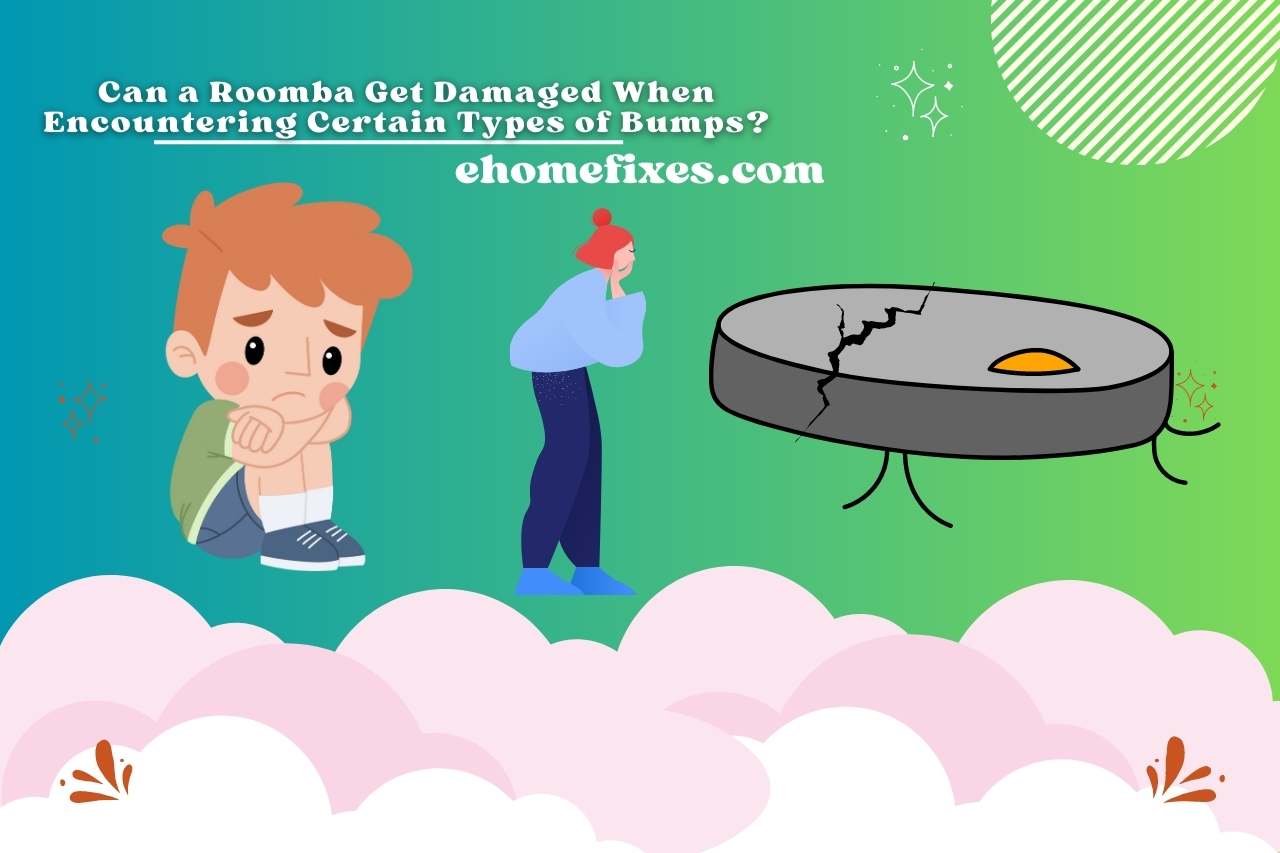
Can a Roomba Get Damaged When Encountering Certain Types of Bumps?
Usually, this process happens both ways, which means the vacuum cleaner can get damaged due to bumps, especially furniture, and the furniture can get damaged due to the Roomba. This applies mostly to non-high-end robot vacuum cleaners. A new generation of vacuum cleaners uses the technologies like Ultrasonic time-of-flight sensors, VSLAM and LiDAR, Inertial Measurement Units (IMU) and AI to identify the objects and decide to deviate their route to avoid a collision.
Below is some potential damage a robot vacuum cleaner can cause.
- Bumping into furniture
- Rubbing away paint and varnish with the brush
- Getting stuck under furniture
- Mopping vacuum can spray or spread water onto furniture
All the above damages can be avoided if a new high-end cleaner can be purchased. The simplest protection is to put some obstacles so that the vacuum cleaner will not damage the furniture and itself.
Can Roombas Go Over Thick Rugs?
Depending on the thickness of the rug, Roombas can go over and vacuum it. There is a downside to the process.
- Warps and Wefts (Rug Fringe) – Warps and wefts around a Rug or a Carpet can cause much trouble for Roombas as they could get sucked into the vacuum cleaner. This can create a big fuss if they are long, as they can get stuck and entangled in the brushes.
There are ways to resolve this issue. If the vacuum cleaner is capable, the user can mark a no-go zone; if not, put some obstacles around the carpet so that the vacuum cleaner will not reach the warps and wefts. The second option is to design the house around the robot vacuum cleaner concept.
Can Roombas Go Over the Thresholds?
Depending on the threshold height, the Roombas can go over it. Theoretically, a robot vacuum cleaner can go over a 1-inch (2.54 cm) bump. In practical situations, Roombas can easily climb 5/8 inch (1.60 cm) transitions with round edges.
There are only a few options if the thresholds are more than 5/8 inch (1.60 cm) in height.
- If the robot is a random navigation one, it would be better to have thresholds preventing it from entering all the rooms as it might only partially clean the first room completely before moving into the other. Moving the robot from room to room will be a manual action.
- The other solution is to fix ramps to the threshold.
- Using a rug or a doormat will create an intermediate level.
What is the Best Roomba Model to Go Over Bumps and Thresholds?
As explained earlier, in theory, a robot vacuum cleaner can go over a 1-inch (2.54 cm) bump. In practical situations, Roombas can easily climb 5/8 inch (1.60 cm) transitions. All the iRobot Roomba models can transition over this height when performing a cleaning cycle.
Changing the over-height threshold should be considered when the robot vacuum cleaner is not a random navigation robot, and it should have more capabilities to clean multiple rooms.
- The robot should be capable of mapping the rooms.
- It should have a record of the areas cleaned.
- It should be able to start cleaning from where it stopped. (in case of a battery draining)
- It should know which room to do next.
Though a robot vacuum cleaner can pass, a threshold does not necessarily mean it can do multiple rooms simultaneously.
Watch this one,
Video Credits – Michael Reeves
You May Also Like
- Are Roombas Loud? Understanding Roomba’s Noise Levels!
- How to Remap Roomba? Unleash Roomba’s Potential!!!
- Why is My Roomba Squeaking? Solving the Mystery!
- Will Roomba Fall Down Stairs? Keeping Your Roomba Grounded!
- What is Error 34 on Roomba? Common Reasons & Fixes!
- What Roomba Do I Have? Unveiling Your Roomba Model!
- Can I Move My Roomba the Home Base? Flexibility at Your Fingertips!
- Why is My Roomba Going in Circles? Resolving the Mystery!
- What Roomba Do I Have? Unveiling Your Roomba Model!


